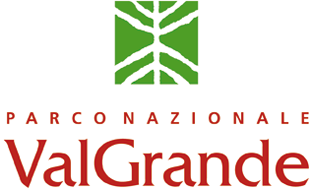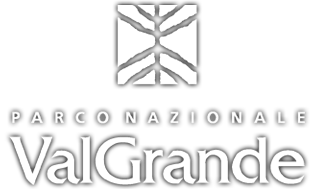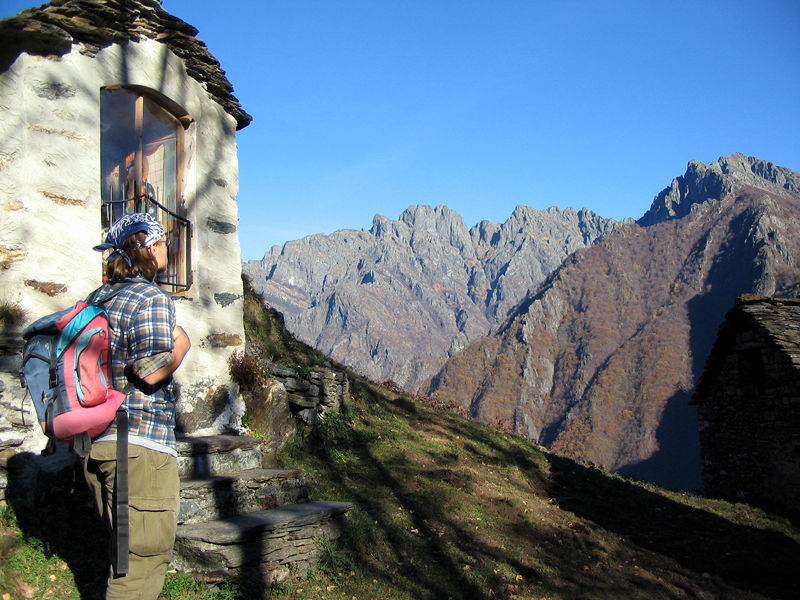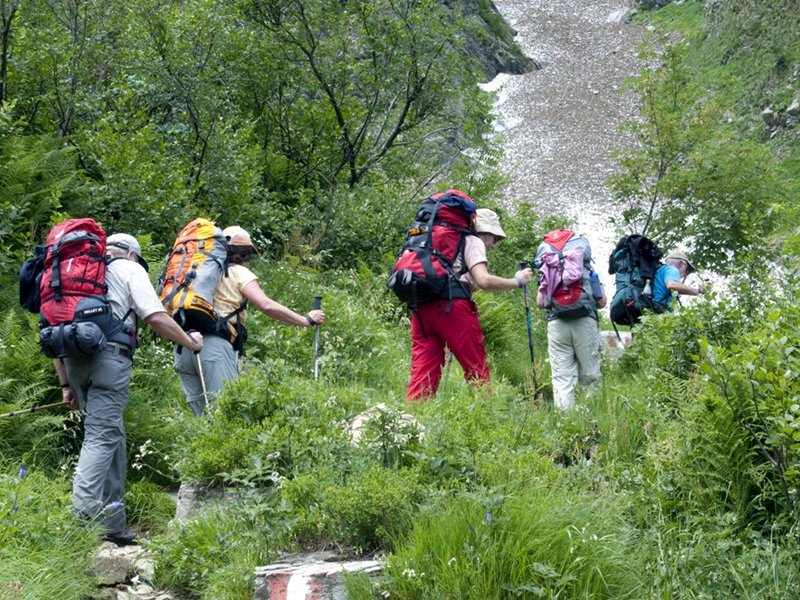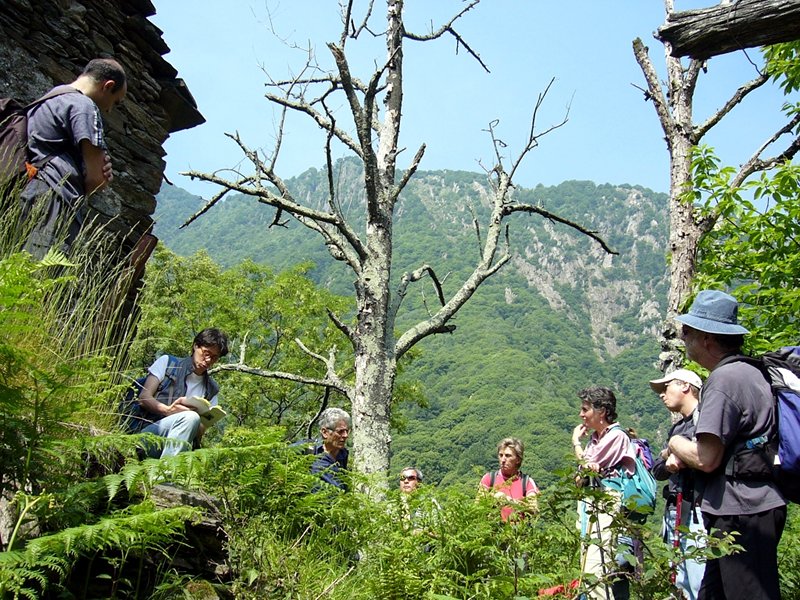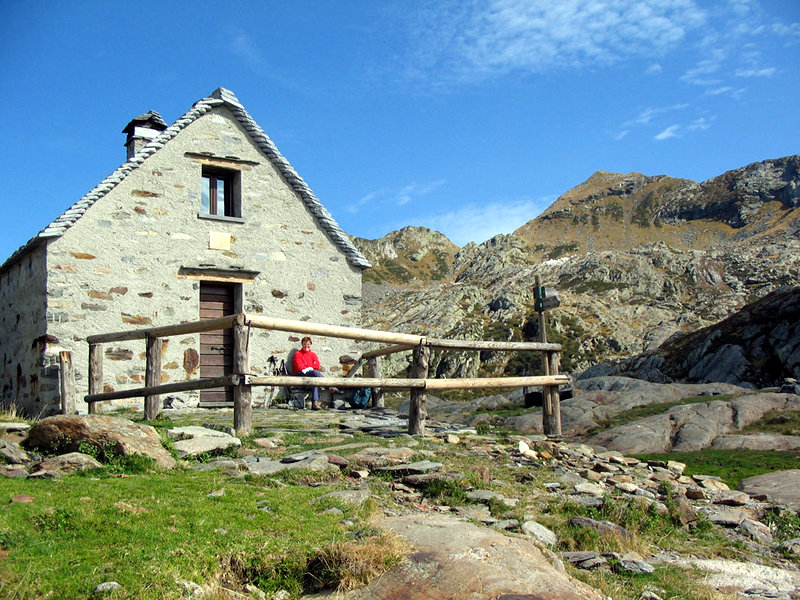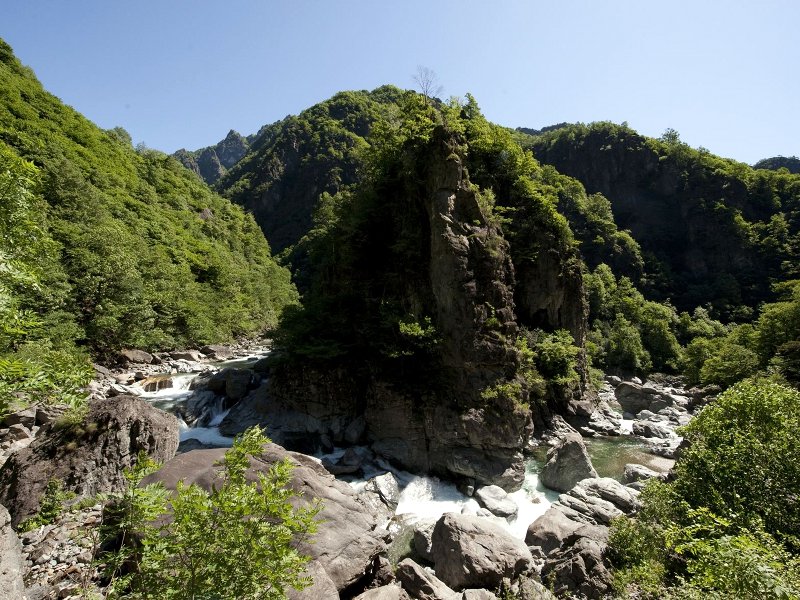- Park Offices and Staff
- Transparent administration
- Body's Register
- Procedures and Forms
- Laws and regulations
- List of websites
- Guided itineraries
- Conferences
- Bibliography
- Park's calendar 2019
- Projects
- Research
- Materials and technical tables of the forum
- Community Service
Home » Visiting the Park
Tips for the hiker
Warning! Excluding the outermost ridge areas, in Val Grande it is almost impossible to use mobile phones
Given its nature of wild and inaccessible area, paths are difficult, dangerous and not yet marked. Therefore, its distance must be covered, especially for those who do not know the valley, with the utmost caution and with expert guides (Official Park Guides, Mountain Guides and qualified naturalistic guides). We suggest you not to leave the marked paths.Please also note that:
It is necessary to study in advance the excursion on the topographic map, adapting one's abilities to the chosen itinerary. As an updated topographic map, we recommend the official hiking map of the Val Grande National Park, 1st edition 2015, scale 1:30.000 (available at emporio.parks.it/index.php?manufacturers_id=79);
Please inform yourself in advance about weather conditions by consulting the appropriate bulletins of the Swiss Institute of Meteorology, Ph 0041-848800162, www.meteosvizzera.admin.ch/web/it.html or of the Pre-Alpine Geophysical Centre, Ph. +39 0332/235491, www.astrogeo.va.it/meteo.htm. In case of heavy rainfall, the danger of sudden floods in the water streams is high!
In case of an accident, call the "118" Health Emergency. The Operation Centre will answer and will alert the teams of the National Alpine and Speleological Rescue Corps (Prevention notes at www.soccorsoalpinovaldossola.it). Remember to answer four basic questions: who was involved, how, where and what time the accident occurred;
The Park's bivouacs are old mountain huts, recovered for receptive use. These are unattended facilities that are always open (with the exception of the Pian Vadà bivouac, collection of keys is at the park authority upon reservation), all equipped with a wood-burning stove for heating and cooking food. The wood should be consumed very sparingly, also thinking of those who will come later, especially on rainy days or in the coldest months. Whenever possible, we also invite you to contribute to the wood supply by going to the woods and by collecting branches and logs that are on the ground, placing them inside. It is necessary to have a sleeping bag for the night, food and water. The nearest sources are indicated in the bivouacs. Please note that the availability of water, depending on the flow rate, is not always guaranteed.
In the Val Grande National Park, animals are protected, so do not disturb them. Fishing is allowed, in a controlled manner, since it does not interfere with trout populations. The regulation is available at the "Val Grande" P.N. Department of Carabinieri. Flowers are a wealth to be protected, so please do not collect them.
Only the residents and the lands' owners, for local economic activities, could collect mushrooms, products of the undergrowth and cut wood (for regulation, contact the "Val Grande" P.N. Department of Carabinieri).
Orders or recommendations on transit prohibition
Along the following path, transit is forbidden by provisions issued by the relevant institutional authority or due to landslides. The Park Authority could therefore dissuade the hiker from following these paths.
The path In La Piana - L'Arca - Orfalecchio - P.te Velina is affected by extraordinary maintenance works. For the duration of the work site (planned for 90 days), the pedestrian traffic is not allowed (
 decrees of the Municipality of Cossogno and the
decrees of the Municipality of Cossogno and the  Municipality of Trontano).
Municipality of Trontano).
The Ponte Casletto-Ponte di Velina path is INTERRUPTED DUE TO A LANDSLIDE (however, even before the landslide, the park authority forbade its walking). To reach the Velina Bridge, there are the Orvegugno-Scellina-junction section below Basseno-Velina Bridge or the Cicogna-Cascè-Montuzza-Velina-Velina Bridge path.
The nature trail "Il sentiero geologico" is partially closed to pedestrians due to landslide (
 decree of the Municipality of Vogogna).
decree of the Municipality of Vogogna).
© 2025 - Ente Parco Nazionale Val Grande
Villa Biraghi, Piazza Pretorio, 6 - 28805 Vogogna (VB)
Tel. +39 0324/87540 - Fax +39 0324/878573
E-mail: info@parcovalgrande.it - Certified mail: parcovalgrande@legalmail.it
USt - IdNr. 01683850034
Tel. +39 0324/87540 - Fax +39 0324/878573
E-mail: info@parcovalgrande.it - Certified mail: parcovalgrande@legalmail.it
USt - IdNr. 01683850034

